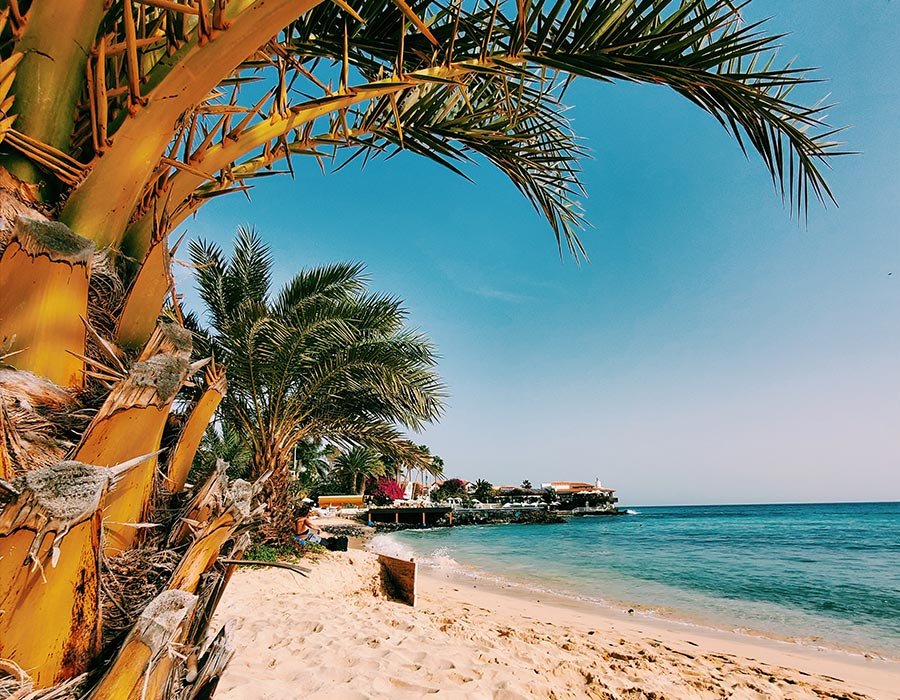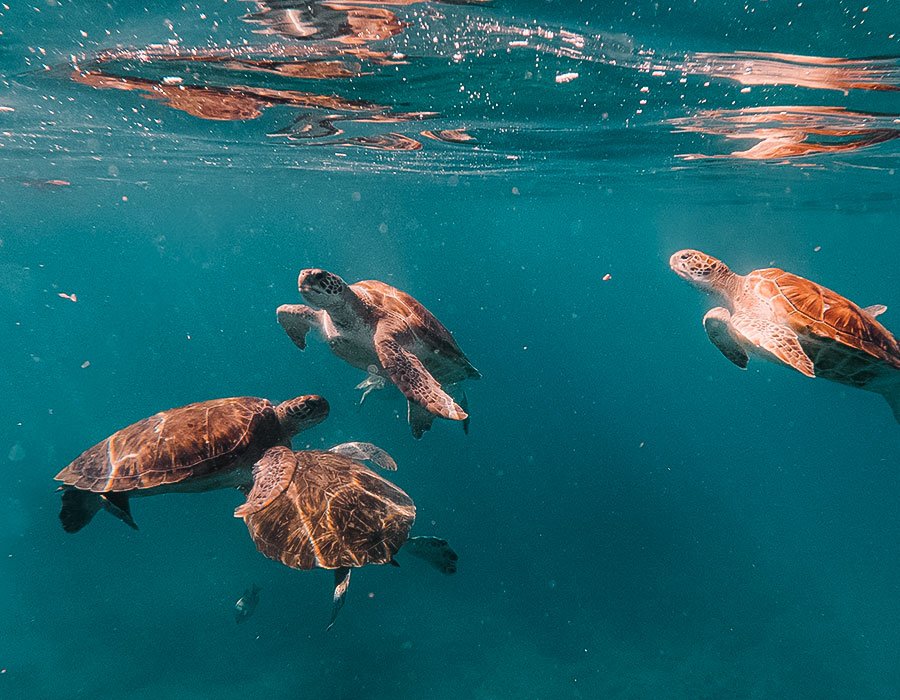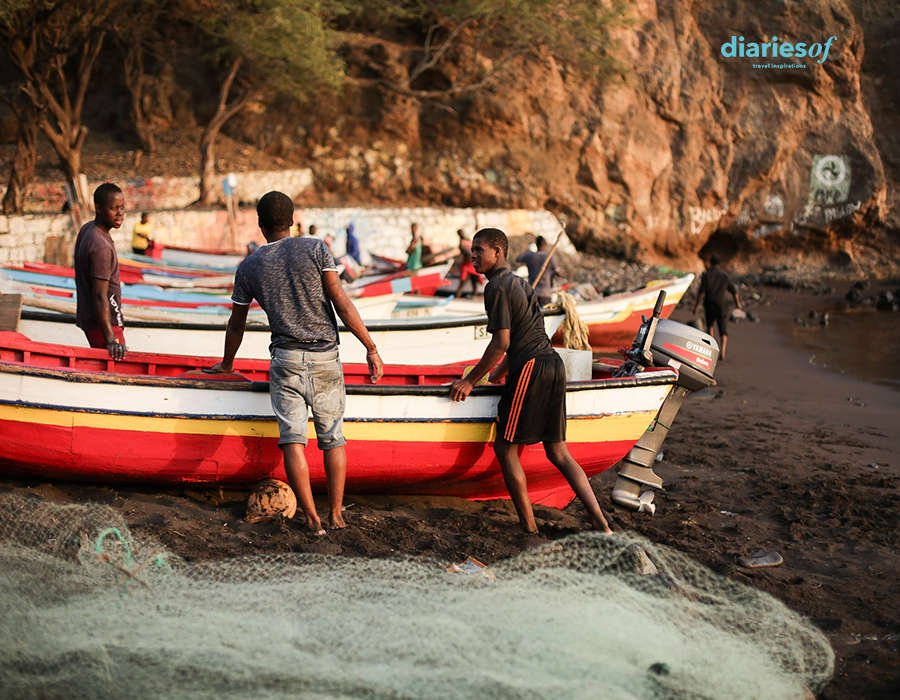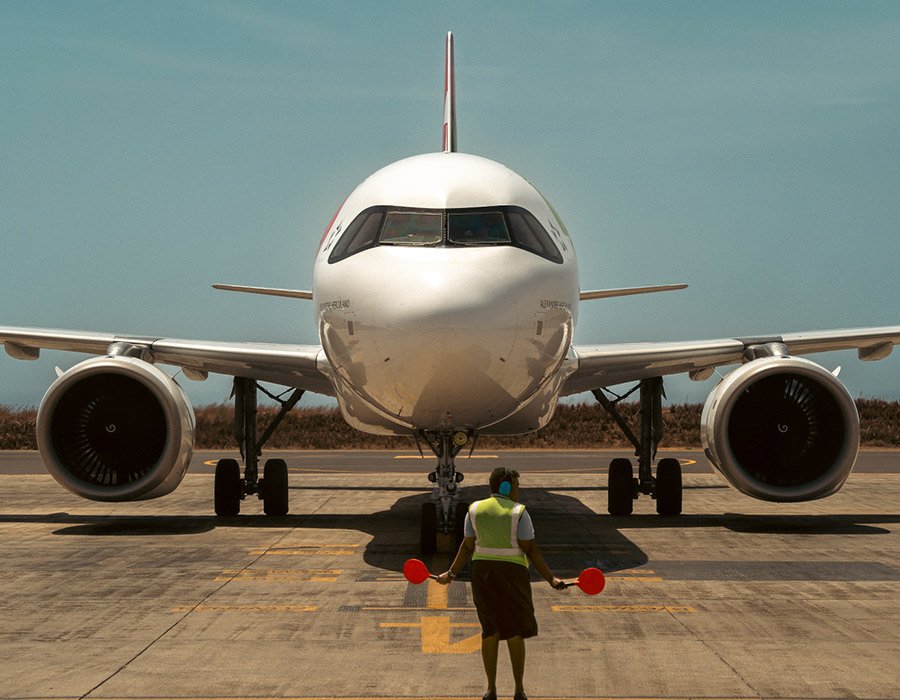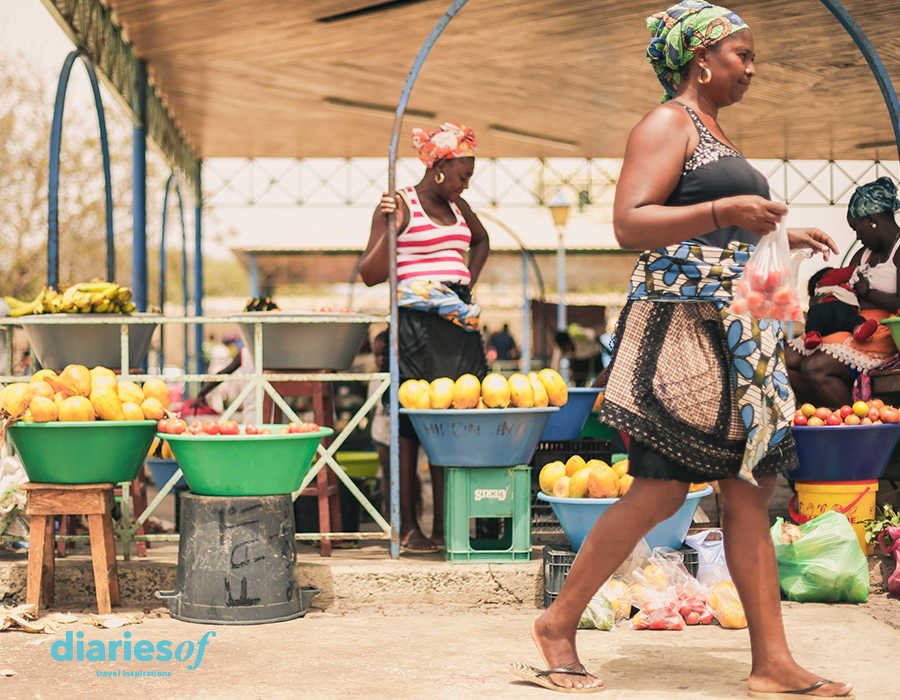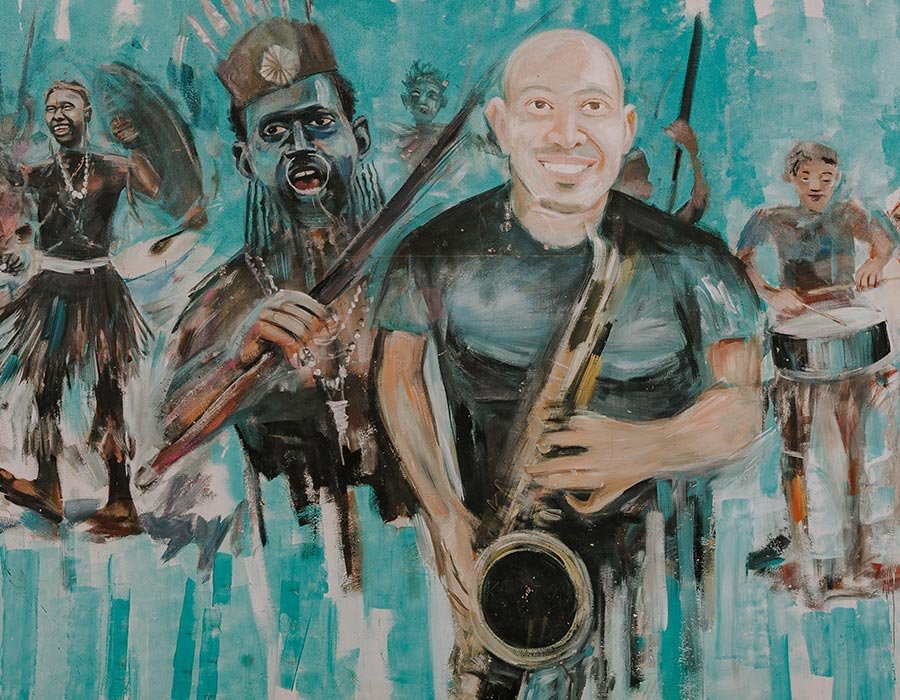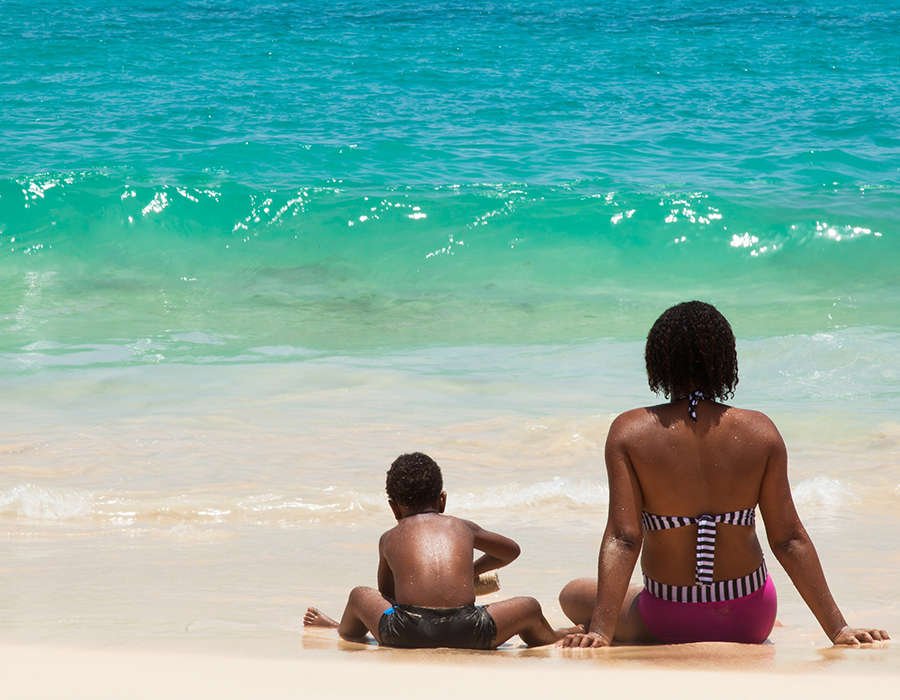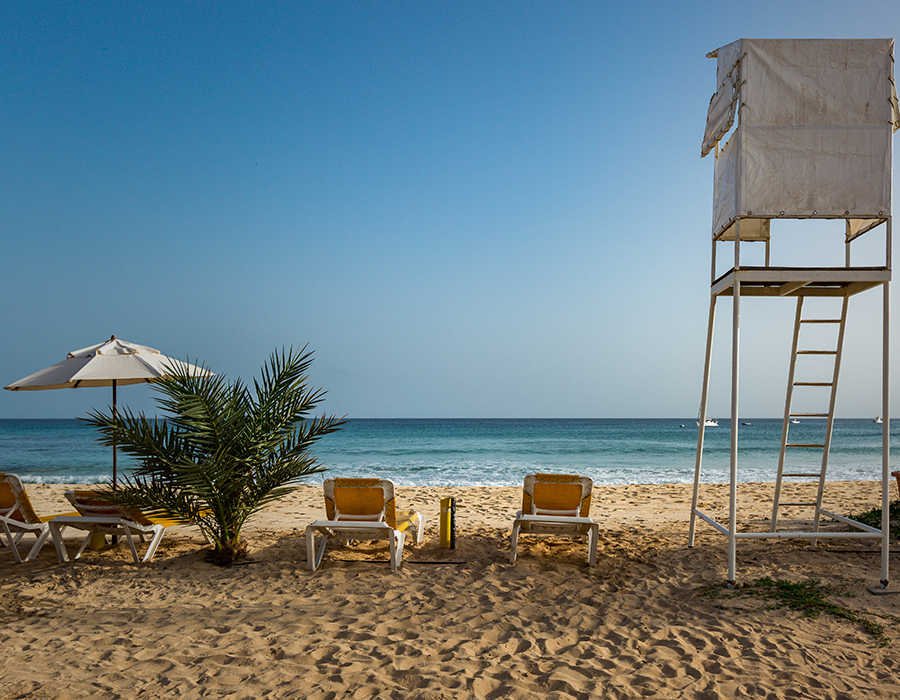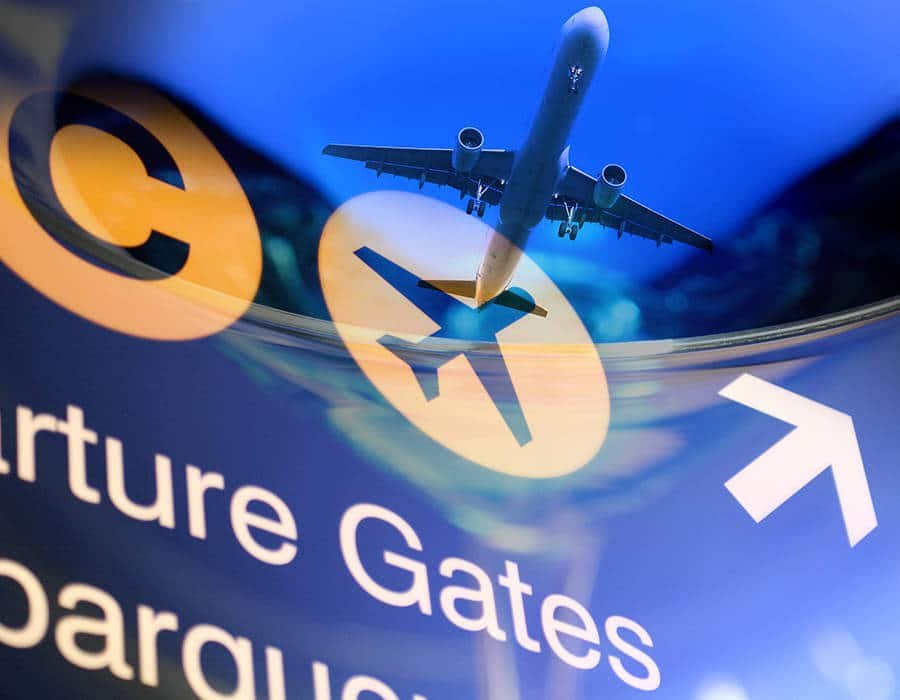Cape Verde Islands, all you need to know
Tailor-made trips are the freest way to travel to the archipelago.
LOCATION OF CAPE VERDE
So close and yet so far away
Cape Verde is a group of islands located off the west coast of Africa, off the coast of Senegal. Together with the Azores, Madeira and the Canary Islands, it is an archipelago that is part of the Macaronesia group of islands.
The islands of Cape Verde are divided into two main groups; the Windward Islands to the north, and the Leeward Islands to the south.

Cape Verde
ISLANDS IN CAPE VERDE
ENDEMIC SPECIES
AVERAGE TEMPERATURE
PROTECTED AREAS
Windward & Leeward
The leeward islands offer volcanic, tropical and paradisiacal landscapes. Want to know more? Explore the islands by clicking the button and don’t miss any detail with this little virtual tour.

Santo Antao
Sao Vicente
St. Lucia
Sao Nicolau
Sal
Boavista
May
Santiago
Fogo
Brava
Cape Verde in data
We show you some of the most relevant data of Cape Verde. From its surface to the presence of tourism in each island.
Island x Island
An extensive review of each island with all the details you can’t miss.
Everything you need to know before traveling to Cape Verde
Practical information
Geography
The Cape Verde Islands are an archipelago of Cape Verde made up of 10 islands and 3 islets divided into two large groups, the Windward Islands in the north and the Leeward Islands in the south. In the north, the cultural capital Mindelo, with its lively nightlife, and the most remote of the islands, Santo Antao, stand out. In the latter, we will find a paradise for lovers of hiking and contact with nature. At the southern end, we find the island of Santiago, with its capital Praia and the town of Tarrafal, a magnificent enclave to enjoy its beaches. Among the southern islands also include Fogo, with its spectacular volcano of 2829m visible from several points of the archipelago. In the easternmost part are the islands of Boavista and Sal, with desert interiors and spectacular beaches of white sand and crystal clear water.
Weather
The climate of the Cape Verde Islands is warm, dry and tropical. Temperatures vary between 24-30ºC. Water temperatures range from 21ºC in February to 26ºC in September.
During the rainy season, generally between the months of August and October, milder temperatures can be enjoyed thanks to the Atlantic and Canary currents combined with high sea temperatures such as those near Senegal.
In terms of equipment, we recommend light and comfortable clothing. In the afternoon-evening, it might get a bit chilly, so we recommend a windbreaker or jacket in your luggage as well.
Schedule
The time difference between mainland Spain and Cape Verde is 2 hours less during winter and 3 hours less in summer. Cape Verde time is GMT-1. Yes, traveling to the Cape Verde Islands is also a little time travel 😉.
Language
Traveling to Cape Verde means sharing languages and cultures. The official language is Portuguese. On the other hand, the local language is “Criolu”, which is a mixture of Portuguese, different words from African languages and French. As for foreign languages, English is usually understood by emigrants who returned to Cape Verde and in some tourist establishments.
The way to show gratitude or to say thank you is “obrigado” (masculine) or “obrigada” (feminine). It is always a good start to use the local language.
The telephone networks work quite well. For calls from Europe to Cape Verde, the international code is +238. Mobile SIM cards cost about 2 euros and can be purchased at telecommunication stores.
LGBT
Cape Verde is certainly one of the most tolerant African countries in Africa in terms of LGBT rights. Following the restructuring of the penal code in 2004, same-sex sexual relations are legal on the islands of Cape Verde. In 2008, legislation was passed to end employment discrimination against homosexual and transgender people. Despite this situation, the right to same-sex marriage, equal access to civil union, the right to adoption or the right to a legal sex change are still not available. Since 2011, there have been several associations fighting to equalize the rights of the LGBT community with those of the rest of Cape Verdean society.
At the level of tourism and travel to Cape Verde, the most prominent “Gay Friendly” places are Santa Maria on the island of Sal and Mindelo in Sao Vicente, where every year at the end of June the Pride Parade is held since 2013.
If you want to know more information you can consult our article where we provide some more interesting details.
In terms of tourism, the most prominent “Gay Friendly” places are Santa Maria on the island of Sal and Mindelo in Sao Vicente, where every year, at the end of June, the Pride Parade has been held since 2013.
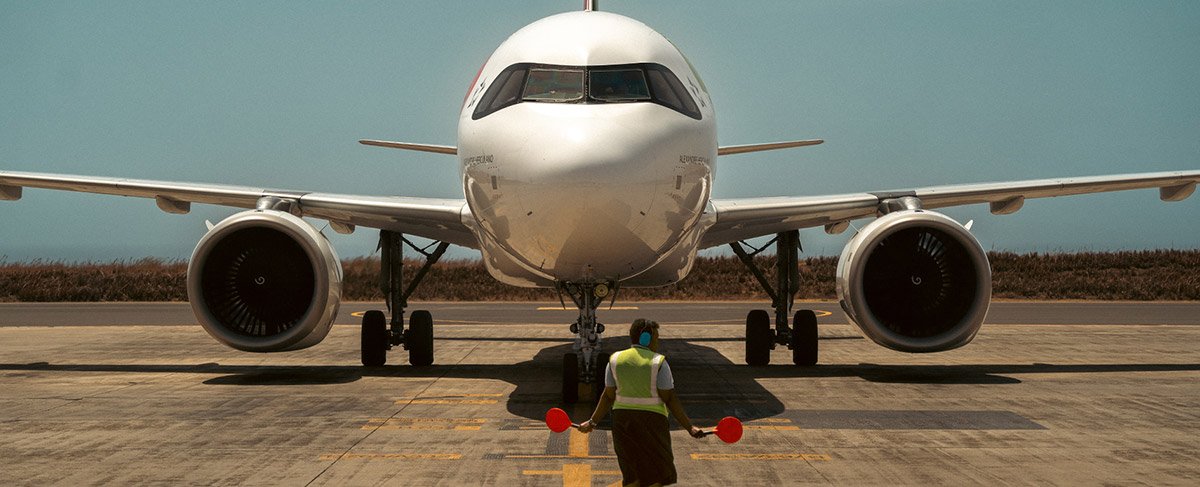



Vaccines
Required Vaccines
Yellow fever vaccination certificate (2013) is required for travelers over one year of age from countries with risk of yellow fever transmission and for travelers who have been in transit for more than 12 hours at airports in countries with risk of yellow fever transmission. Recommendations for vaccination against yellow fever: No.
Recommended Vaccines
It is convenient to have the official vaccination schedule updated. Other vaccinations may be recommended and should be prescribed individually at any of the authorized International Vaccination Centers.
Malaria
There is limited malaria risk (2013) from August to November inclusive on Santiago Island and Boa vista (1 local case reported in 2012), predominantly due to P.falciparum.
Recommended prevention : A .
Consult the official website of the Ministry of Health
Security
The Cape Verde Islands are generally synonymous with security. It is undoubtedly one of the safest African countries with the lowest crime rate on the continent. There, you can stroll peacefully along its beaches, markets and villages; in addition, the locals are very hospitable and you will not feel danger or insecurity at any time. Only in the city of Praia and in Santa Maria (Sal) there have been some isolated cases of petty theft in some areas away from tourism; but we can assure you that it is no worse than Barcelona…
At Oi Cabo Verde, we regularly consult with the Ministry of Foreign Affairs regarding safety and health in Cape Verde, in order to provide maximum security to our travelers.
Hotels
Hotels on the Cape Verde Islands do not always meet Western standards in terms of accommodations, although there is a wide variety of establishments with different levels of comfort and services. On the islands of Sal and Boavista we find the only resorts and hotels of western chains. On the rest of the islands there are small locally owned hotels and guesthouses. They are small establishments and generally very correct, clean and with a good customer service. In more remote areas, accommodation can be in private homes, adapted to accommodate tourists, as in the case of Cha das Caldeiras in Fogo.
Meals
The national dish is cachupa. It is a mixture of wheat and beans with chunks of both meat and fish. Many traditional menus serve a vegetable soup as a starter and fruit for dessert. The gastronomy of Cape Verde has a great variety of fish and seafood, as well as roasts and stews with onions and garlic. The dishes are usually accompanied by potatoes or rice.
Beer, wine and liquors of the region can be found everywhere. The popular grogue is a local rum that is sweetened with honey (Ponche). Always drink bottled water. It is usual to serve drinks with ice cubes.
Mobility
Transportation in Cape Verde is mostly by public transport with vans of up to 15 seats. It is a very popular means of transport on the islands, but not very punctual and often with long queues or waits to find a seat or to wait for the vehicle to leave. We recommend, whenever trips are limited in time, to have booked transfers with private vehicles (cabs) or rental cars. Inter-island transportation is provided by internal flights operated by Cape Verde Aairlines. Between some islands, it is possible to take ferries.
Currency
It is best to exchange cash directly upon arrival on any of the Cape Verde islands. We recommend making the change on arrival in Praia, Mindelo or Sal. If you need to make further currency exchanges in the archipelago during your trip, the BCA (blue sign) or CAIXA (green sign) banks are open Monday to Friday from 8am to 3pm. Traveler’s checks are not recommended as the fees are exorbitantly high. Credit cards (VISA ONLY) are accepted at most hotels in Sal and Boavista, in the rest of the islands they are accepted only in some hotels or restaurants. The exchange rate from EUR to Escudos (cve) is 1EUR=110,468 Escudos. It is possible to pay in Euros in Sal and Boa Vista.
Shopping
To support the community of the Cape Verde Islands you can buy goods manufactured there. Keep in mind that many goods are imported from Senegal (especially Sal). Please do not buy coral, plants or native fruits. Products made from turtle shell are prohibited.
Fees
Cape Verde has implemented a tourist tax for all travelers since 2013. It costs 276 CVE (ca. €2.50) per person per day (over 16 years old; max. 10 nights per hotel). These fees are paid directly at the hotel.
Tips
If you are satisfied with the service, you may leave tips. If you do not leave a tip, you will not be asked for it either.
Current
The plugs or sockets used in Cape Verde are the same as those used in Spain and in most European countries. The common voltage is 230V and the frequency is 50Hz, therefore, when traveling to the Cape Verde Islands we will not require any type of adapter to be able to connect our devices.
History
10 historical events that marked the essence of Cape Verde
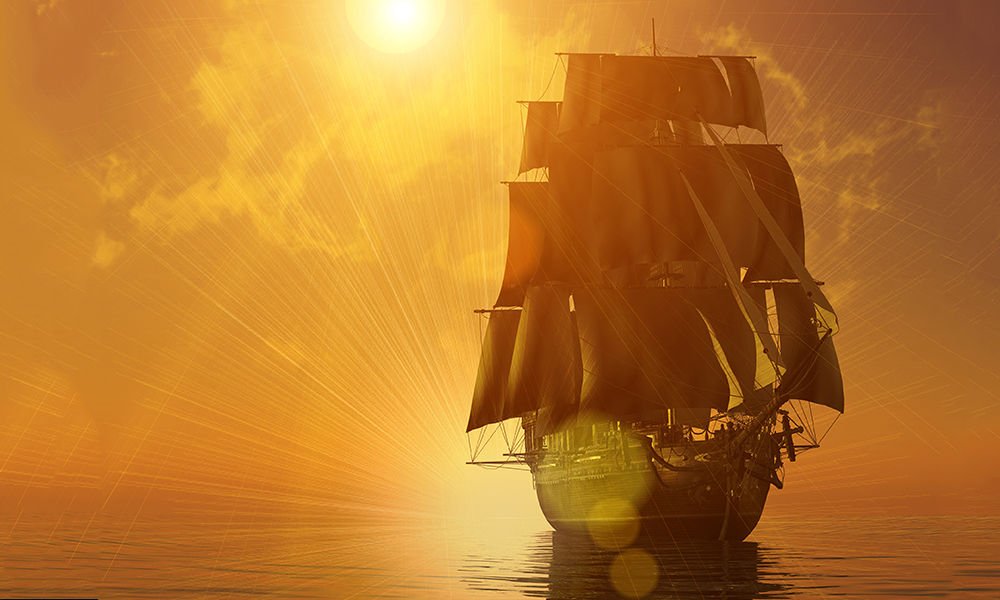
01. Discovery
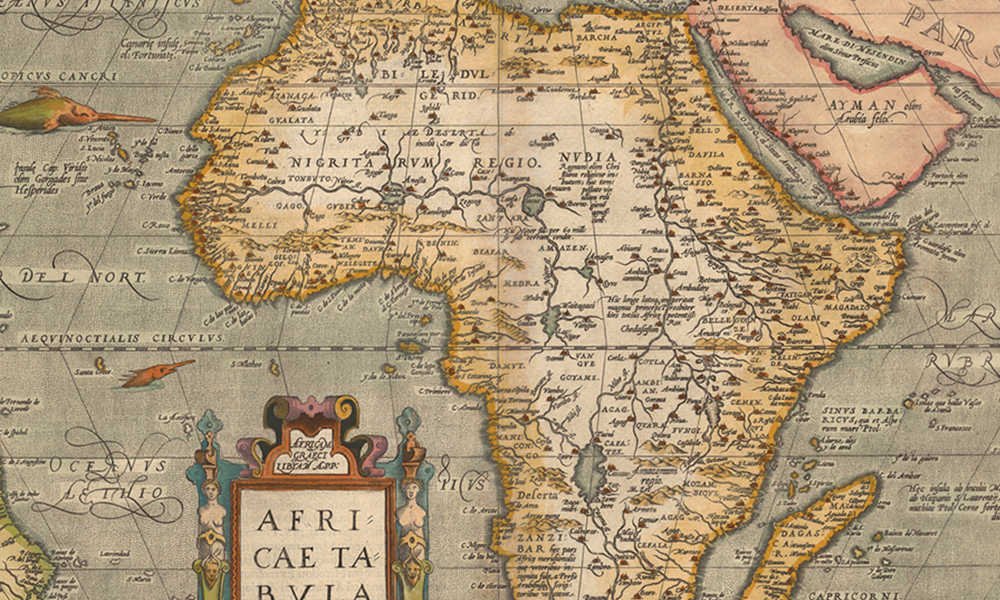
02. Colonization

03. Strategic point
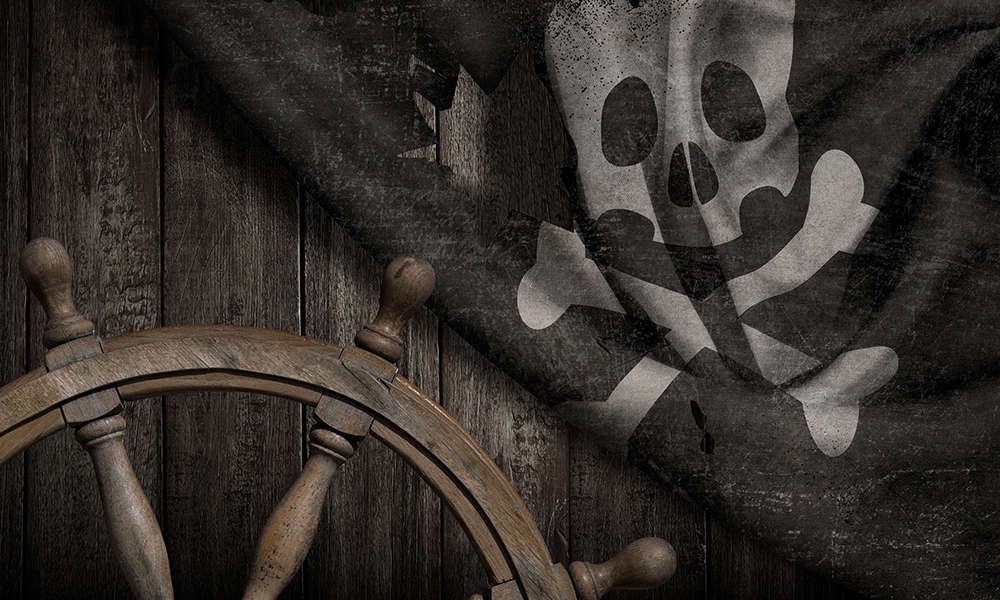
04. Pirates

05. Darwin

06. Slavery
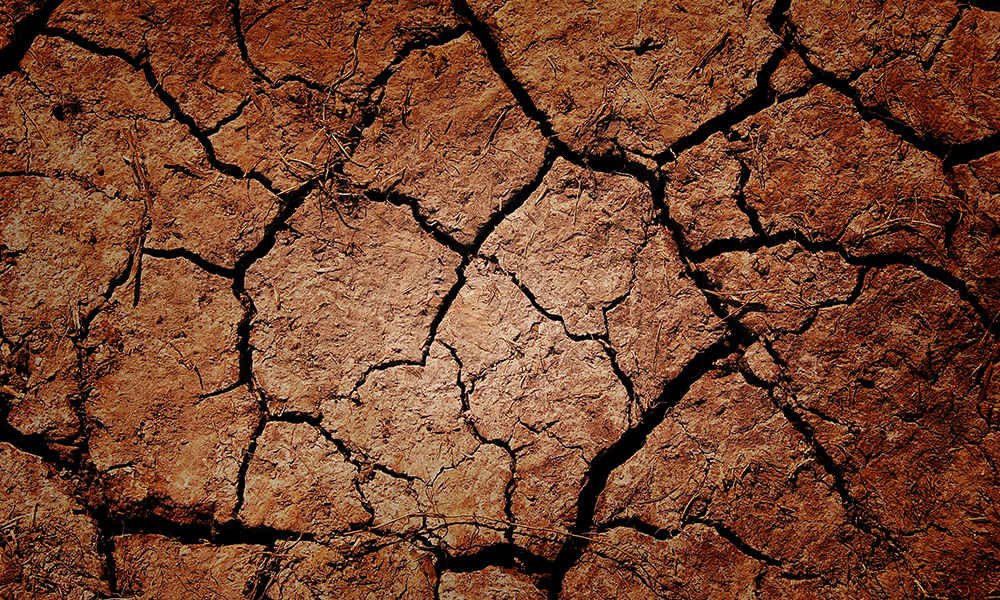
07. Famine

08. Independence
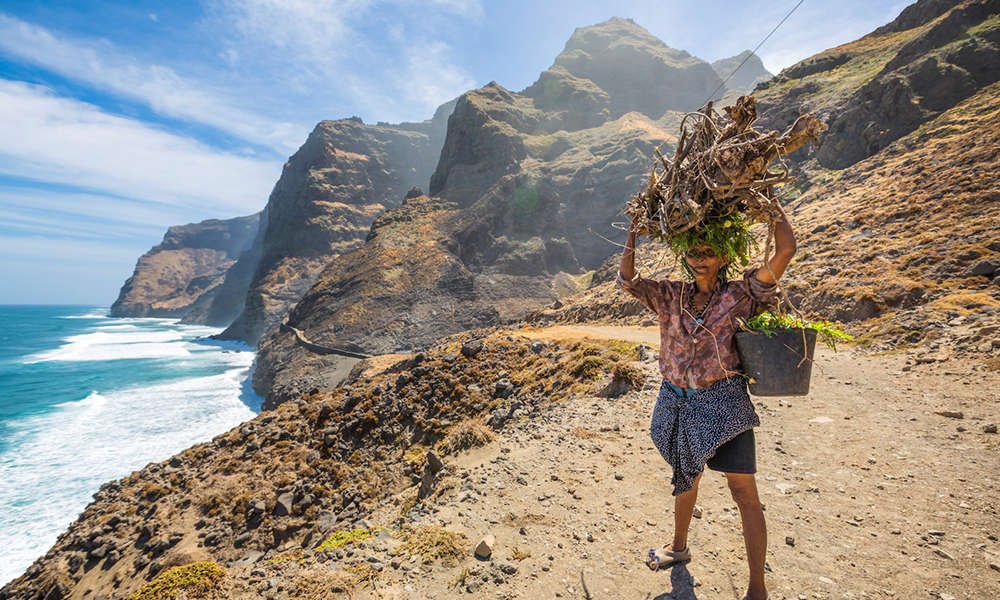
09. New status
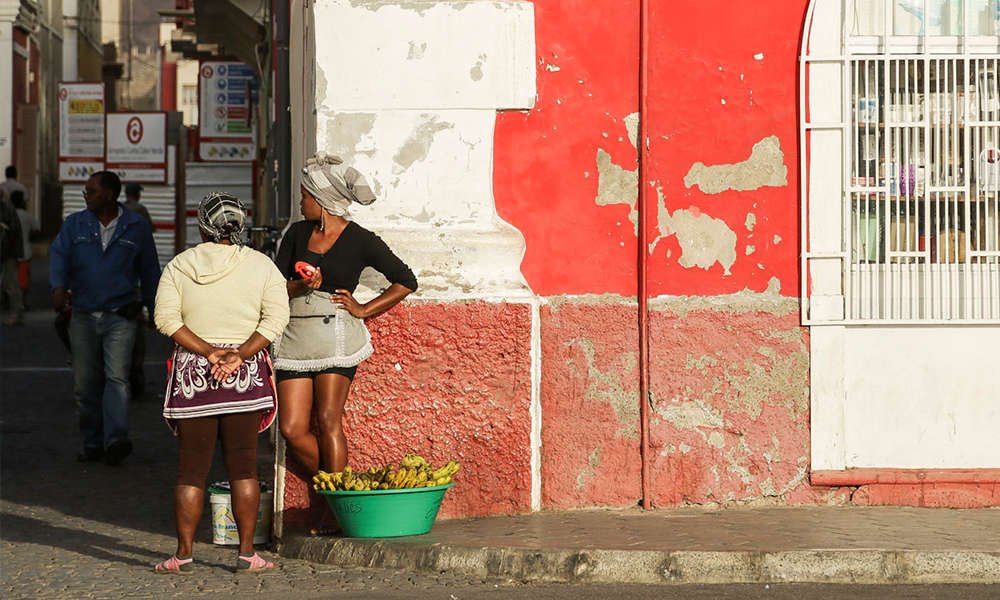
10. News

01. Discovery
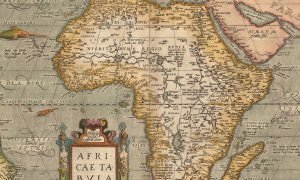
02. Colonization
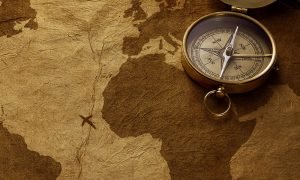
03. Strategic point

04. Pirates

05. Darwin

06. Slavery
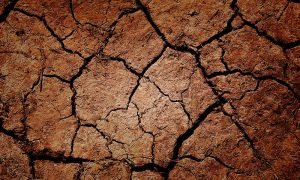
07. Famine

08. Independence
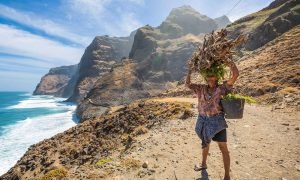
09. New State
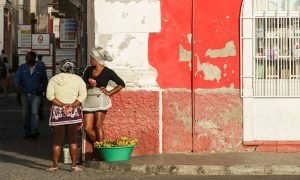
10. News

Magazine magazine magazine magazine
More than 70 pages with pictures, stories and information of interest to you. How to get it? Very easy: click on the following link and after a quick anonymous survey of only 10 questions, we will give it to you. We won’t ask you for any email or phone number, as we are here to help you and not to bombard you. Your magazine in less than a minute here:


More doubts?
We answer the most frequently asked questions about travel to Cape Verde; what you need to know before you travel, information about the islands, our agency, flights, etc.

Why do services sell out quickly?
*Book your trip several months in advance and avoid a Sold Out.





